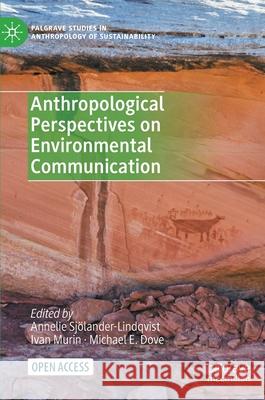Anthropological Perspectives on Environmental Communication » książka
topmenu
Anthropological Perspectives on Environmental Communication
ISBN-13: 9783030780395 / Angielski / Twarda / 2022 / 235 str.
Kategorie:
Kategorie BISAC:
Wydawca:
Palgrave MacMillan
Seria wydawnicza:
Język:
Angielski
ISBN-13:
9783030780395
Rok wydania:
2022
Wydanie:
2021
Numer serii:
000796217
Ilość stron:
235
Waga:
0.48 kg
Wymiary:
21.01 x 14.81 x 1.75
Oprawa:
Twarda
Wolumenów:
01
Dodatkowe informacje:
Wydanie ilustrowane











